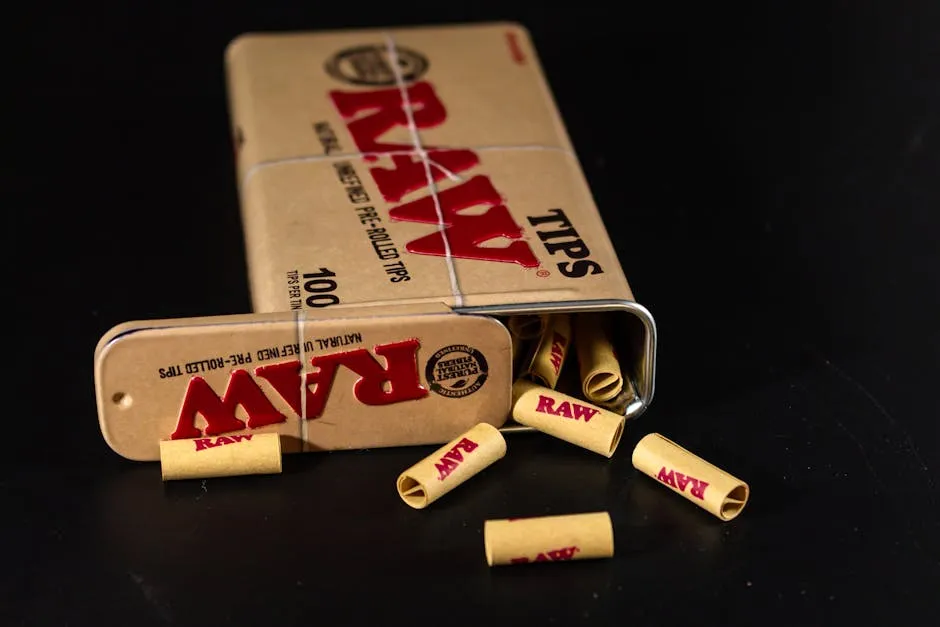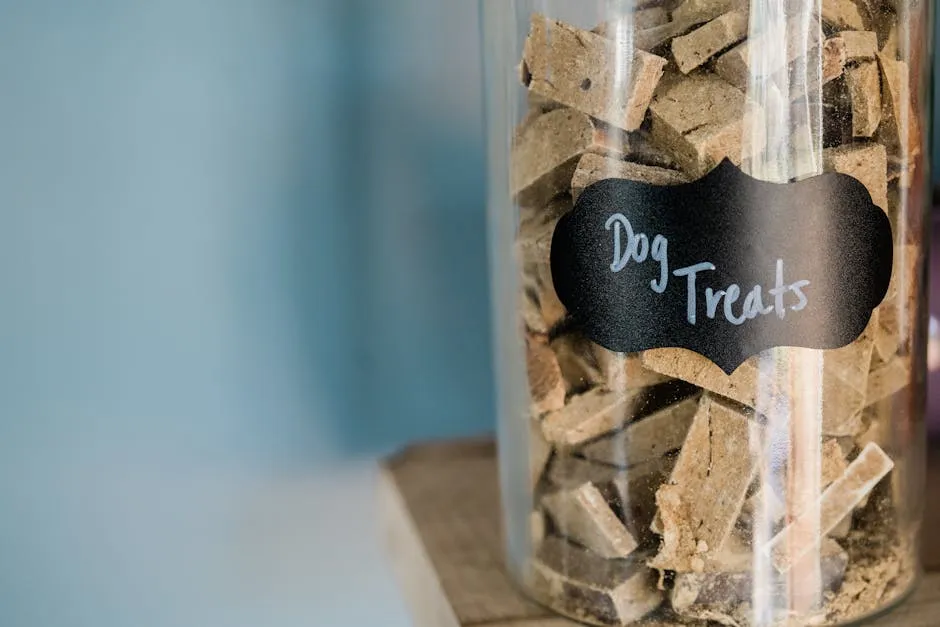Introduction
Raw diets for pets focus on feeding natural, uncooked foods. This trend is gaining popularity among pet owners seeking healthier options. Understanding raw diet ratios is crucial for your pet’s overall health. Proper ratios ensure balanced nutrition, which can lead to a happier and healthier pet.
Understanding raw diet ratios is essential for ensuring your pet’s health and vitality. Learn more about the prey model raw diet.
Are you ready to make the switch to raw feeding? Before you dive in, consider grabbing a Raw Dog Food Recipe Book. This handy guide will help you navigate through the recipes and ratios, ensuring your furry friend gets the best nutrition without any guesswork!

Summary and Overview
A raw diet consists of raw muscle meat, bones, and organs. The foundational principle is to mimic a pet’s ancestral diet. Common ratios include 80/10/10 and 70/10/10, which represent the percentages of meat, bones, and organs. Balancing macronutrients, like proteins and fats, is essential for optimal health. Properly structured raw diets can improve your pet’s coat, energy levels, and digestion. In this article, we will discuss various raw diet ratios, their significance, and how to implement them effectively.
But wait, how do you measure out those ingredients? A Pet Food Scale can be a game-changer! No more guessing or eyeballing portions; just precise measurements for a balanced diet every time.

Understanding Raw Diet Ratios
What Are Raw Diet Ratios?
Raw diet ratios are guidelines to ensure balanced nutrition for pets. The most common ratios include 80% muscle meat, 10% bone, and 10% organs. These ratios help mimic a natural diet, promoting overall health. Adjusting these ratios is important based on your pet’s size, age, and activity level. For example, active dogs may require more protein, while older pets might need fewer calories. Monitoring your pet’s health and making necessary adjustments can lead to lasting benefits. Understanding these ratios will help you provide the best nutrition possible for your furry friend.
And speaking of adjustments, how about a Stainless Steel Pet Food Bowl? These bowls are not only easy to clean but also durable, making them perfect for the rigorous lifestyle of your dog.

The Prey Model Raw (PMR) Diet
The Prey Model Raw (PMR) diet mirrors the natural eating habits of carnivores. This diet emphasizes a specific ratio for a balanced intake: 80% muscle meat, 10% raw meaty bones, and 10% organs, with at least 5% of the organ content being liver.
These ratios reflect what wild animals consume. In nature, carnivores primarily eat prey that consists of muscle, bones, and organs. Muscle meat provides essential proteins, while bones offer calcium and other minerals. Organs are nutrient-dense, supplying vitamins and fatty acids crucial for health.
The PMR approach aims to replicate these natural proportions. By following this structure, pet owners can ensure their pets receive a well-rounded diet that supports optimal health and vitality.
To keep your raw meat fresh and safe, consider investing in a Raw Meat Dog Food Storage Container. It’s designed to keep your pet’s meals fresh and free from contamination, ensuring that every bite is as nutritious as the last!

The Biologically Appropriate Raw Food (BARF) Diet
The BARF diet, or Biologically Appropriate Raw Food, differs from PMR by incorporating fruits and vegetables. The typical BARF ratio consists of 70% muscle meat, 10% raw meaty bones, 10% organs, and 10% plant-based ingredients.
This addition of fruits and vegetables enhances the diet with fiber, vitamins, and antioxidants. These plant-based foods can aid digestion and improve overall health. For instance, leafy greens provide essential nutrients without adding excess calories.
By including these components, the BARF diet offers a more varied nutritional profile. This approach acknowledges that dogs, while primarily carnivorous, can benefit from some plant-based nutrients to optimize their well-being.

Puppy Feeding Ratios
Puppies have unique nutritional needs as they grow rapidly. Their diet must support proper development, so recommended ratios vary by age. For example, during the first four months, puppies should consume around 8% of their body weight daily.
As they grow, this percentage decreases. From four to six months, it should be between 6% to 8%. By six to nine months, a reduction to about 4% is recommended. Finally, after twelve months, a balanced intake of approximately 2% of their body weight is ideal.
Adjusting feeding ratios is crucial as puppies mature. Regular monitoring ensures they receive the right nutrients to support their growth and energy needs.

Nutritional Considerations in Raw Feeding
Essential Nutrients in a Raw Diet
To ensure a balanced raw diet, focus on key nutrients. Proteins, fats, vitamins, and minerals play vital roles. Proteins are crucial for muscle development and overall health. Healthy fats provide energy and support skin and coat condition.
Vitamins and minerals, such as calcium and phosphorus, are essential for bone health. It’s important to vary protein sources, as each type offers unique nutritional benefits. For instance, chicken provides lean protein, while beef is rich in iron.
Speaking of protein sources, if you’re looking to provide your dog with additional nutrients, consider Dog Vitamins and Supplements. They can fill in the gaps and ensure your pup is getting everything they need to thrive!

Common Mistakes to Avoid
When switching to a raw diet, many pet owners make common mistakes. One frequent error is relying too heavily on a single protein source. This can lead to nutritional deficiencies. It’s essential to diversify protein options to meet all nutritional needs.
Another common mistake is failing to balance calcium and phosphorus. An inadequate ratio can lead to serious health issues, especially in growing pets. Ensure your raw diet includes appropriate bone content to maintain this balance.
Also, be cautious about feeding too many organ meats. While they are nutrient-rich, excessive amounts can lead to toxicity, particularly with liver. Regular monitoring and adjustments to your pet’s diet will help avoid these pitfalls and promote optimal health.

Monitoring and Adjusting Raw Diet Ratios
Assessing Your Pet’s Health
Regular health check-ups are essential for your pet. They help identify any nutritional deficiencies or excesses early. Keep an eye on your pet’s weight. If your pet is gaining weight, you may need to adjust their food intake. Conversely, if they seem underweight, consider increasing their portions.
Look for signs of nutritional issues. Unusual coat texture, lethargy, or digestive troubles can indicate imbalances. If your pet lacks energy, it might be time to reevaluate their diet. Lifestyle changes also require adjusting raw diet ratios. An active dog needs more protein compared to a less active one.
To keep your pet safe while traveling, why not invest in a Dog Seat Cover for Cars? It protects your car while keeping your pup comfortable during road trips!

Transitioning to a Raw Diet
Transitioning your pet to a raw diet should be gradual. Start by mixing their current food with raw ingredients. This helps their digestive system adjust without causing stress. Begin with one protein source, like chicken, to identify any allergies.
Over a week or two, slowly introduce other proteins. Monitor your pet’s stools closely during this period. Healthy stools indicate a successful transition. If your pet experiences loose stools, slow down the process and give their system time to adapt.
During this transition, consider using a Dog Training Pads to help with any accidents that may occur. They can provide a clean and comfortable area for your pup while they adjust to their new diet.

FAQs
What is the ideal raw diet ratio for my dog?
The common ratios are 80/10/10 or 70/10/10. The best fit depends on your dog’s age, size, and activity level. For example, active dogs may need more muscle meat.
Can I mix raw and kibble diets?
Yes, but do so carefully. Mixing can cause digestive upset. Gradually introduce raw food alongside kibble to allow your dog’s system to adjust.
How do I know if my pet is getting enough nutrients on a raw diet?
Monitor your pet’s weight, coat condition, and energy levels. Regular vet check-ups can help identify deficiencies. Keep an eye on stool quality too; it should be firm and well-formed.
What types of meat should I include in a raw diet?
Include a variety of proteins like chicken, beef, turkey, and fish. Each offers different nutrients. Organ meats, especially liver, are crucial for providing essential vitamins.
Is it safe to feed my pet raw bones?
Yes, raw bones can be safe and beneficial. They promote dental health and provide calcium. Always supervise your pet while they chew, and avoid cooked bones as they can splinter.
How often should I feed my pet a raw diet?
Adult dogs typically eat twice daily. Puppies may require three to four meals a day, depending on their age. Adjust frequency based on their activity level and overall health.
If you’re worried about your pet’s health while transitioning, consider investing in a Pet First Aid Kit. It’s always better to be prepared for any unexpected mishaps!
Please let us know what you think about our content by leaving a comment down below!
Thank you for reading till here 🙂
All images from Pexels





